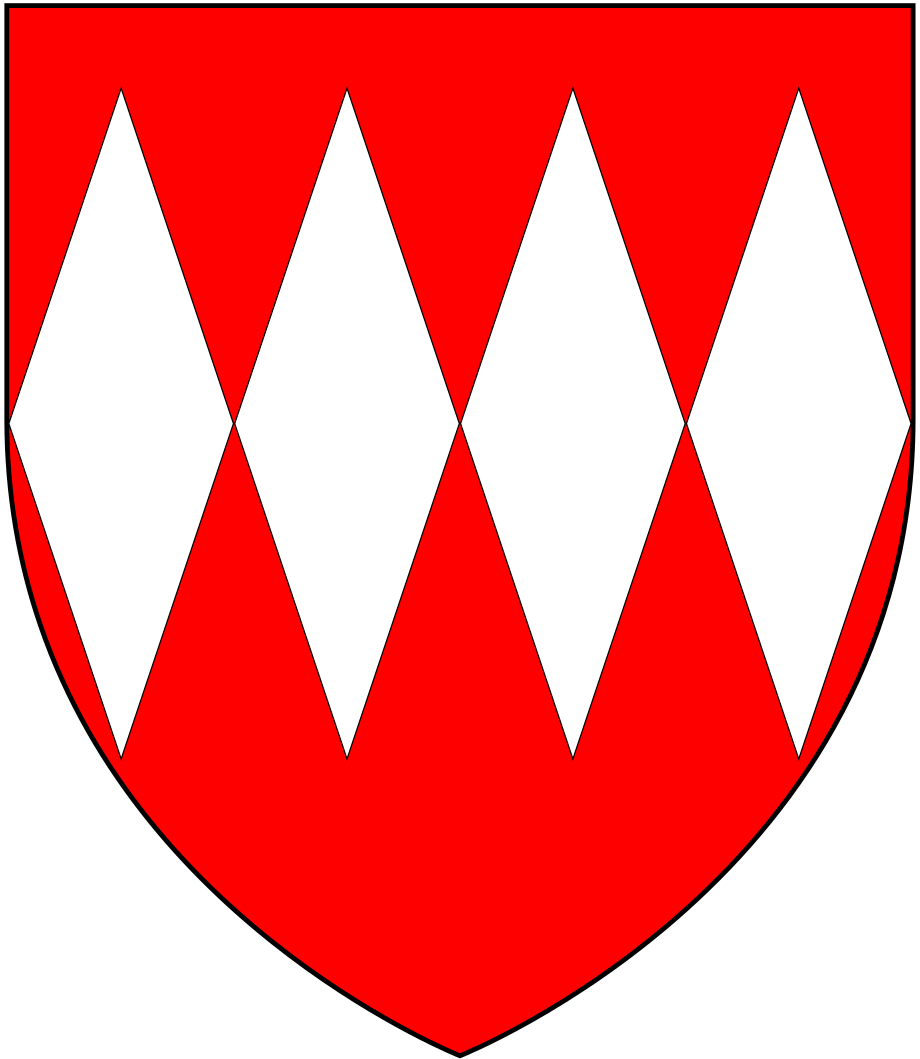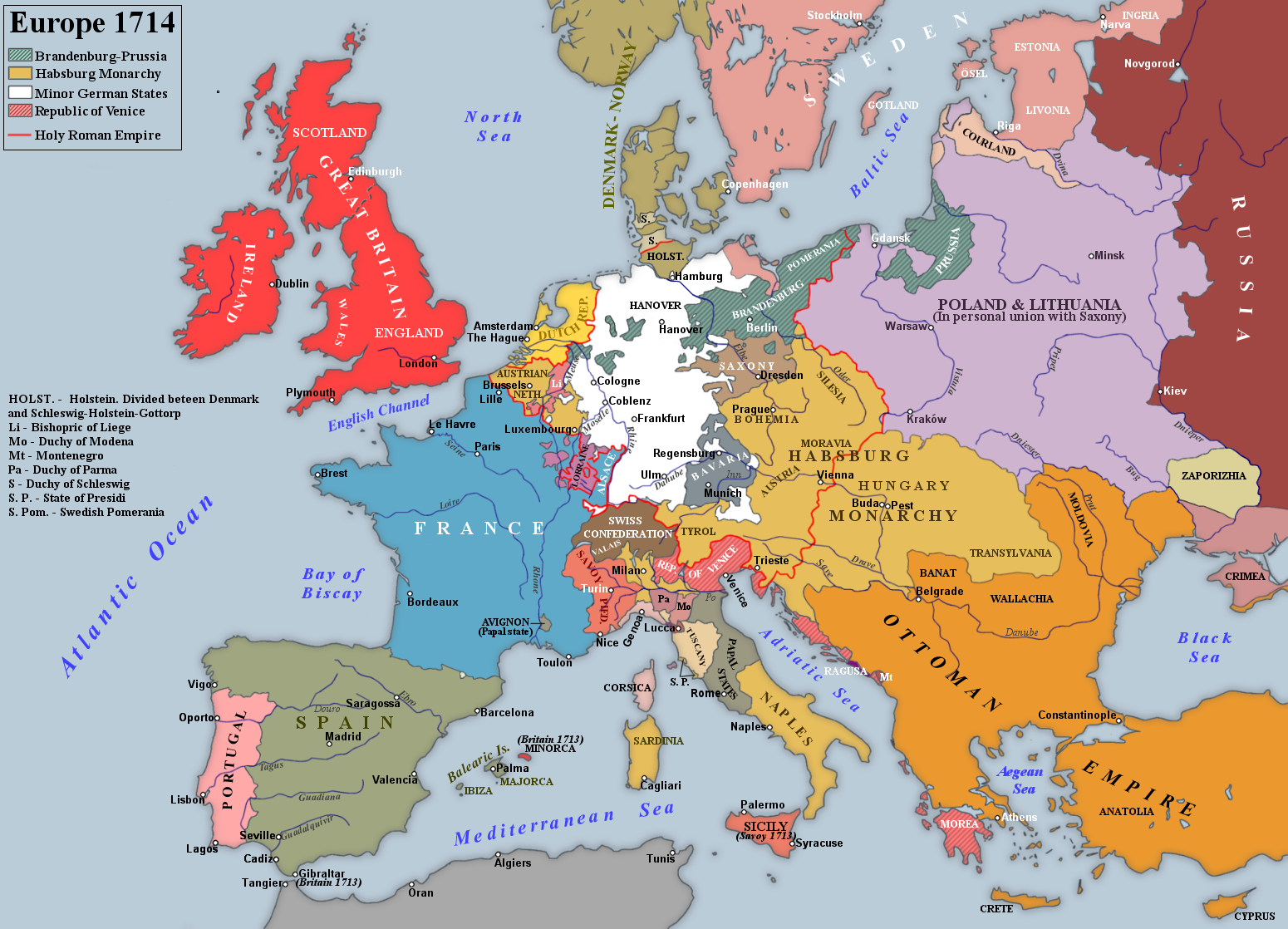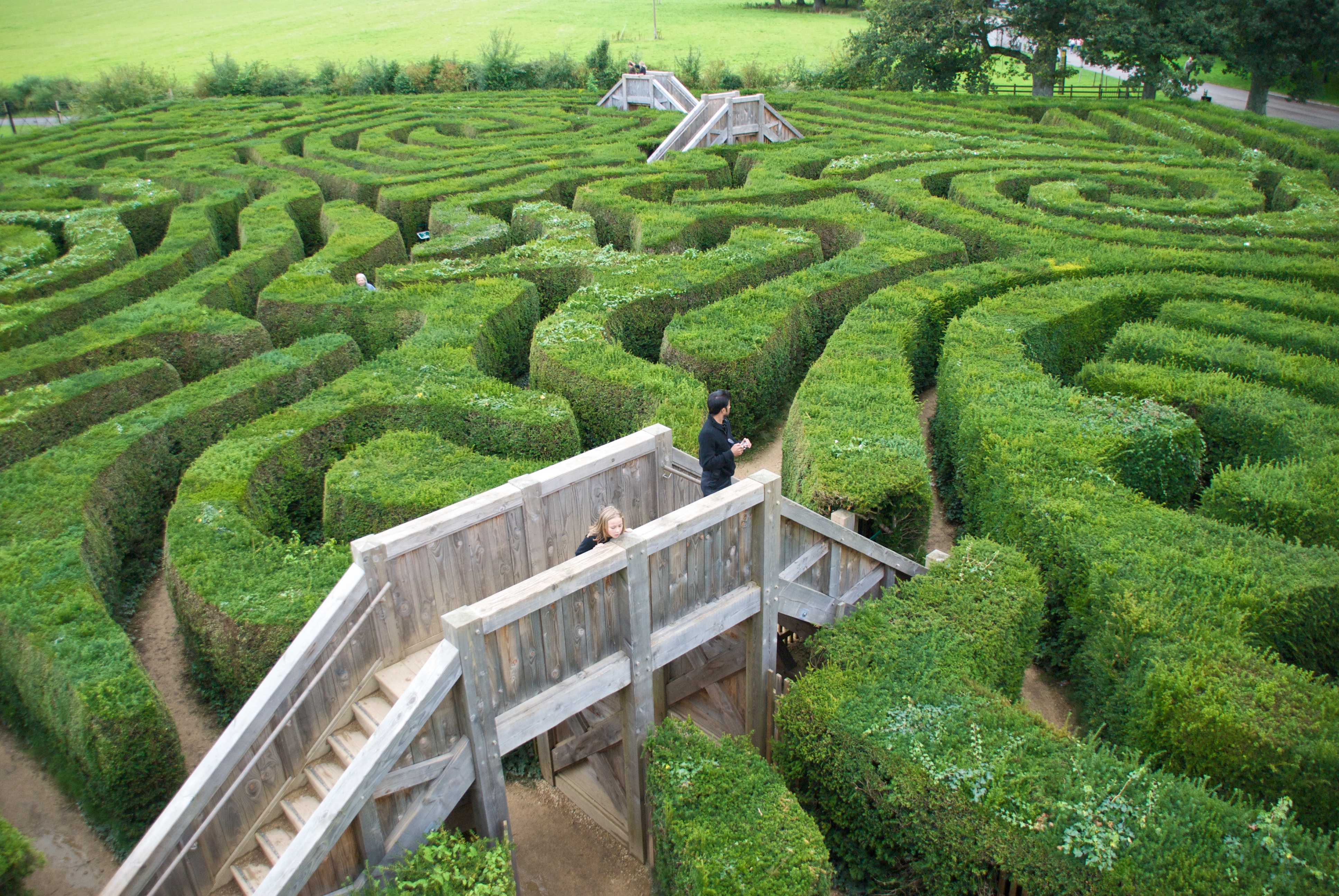|
Louisa Thynne, Viscountess Weymouth
Louisa Thynne, Viscountess Weymouth (''née'' Carteret; 15 September 1714 – 25 December 1736) was an English noblewoman. She was the second wife of Thomas Thynne, 2nd Viscount Weymouth. She was the daughter of John Carteret, 2nd Earl Granville, and his first wife, the former Frances Worsley. Biography Louisa married the viscount on 3 July 1733, four years after the death of his first wife. They had two children: * Thomas Thynne, 1st Marquess of Bath, 3rd Viscount Weymouth (13 September 1734 – 19 November 1796) * Henry Frederick Carteret, 1st Baron Carteret of Hawnes (17 November 1735 – 17 June 1826) Louisa's portrait was painted by John Vanderbank; in the picture, she wears "a fancy dress of pink and black". A myth has evolved that the family home of Longleat House is haunted by Louisa's ghost, grieving over the death of her lover, who was discovered and killed by her husband. There is no historical evidence for the existence of the lover. Her friend, Mrs ... [...More Info...] [...Related Items...] OR: [Wikipedia] [Google] [Baidu] |
Thomas Thynne, 2nd Viscount Weymouth
Thomas Thynne, 2nd Viscount Weymouth (21 May 1710 – 1751) of Longleat House in Wiltshire was an English peer, descended from Sir John Thynne (c.1515-1580) builder of Longleat. Origins He was born on 21 May 1710, the son of Thomas Thynne (d.1710) by his wife Lady Mary Villiers.''Burke's Peerage and Baronetage'', (106th edition, 1999), vol. 1, p. 212 His father died a month before Thomas was born. Inheritance On 28 July 1714, aged four, on the death of his great uncle Thomas Thynne, 1st Viscount Weymouth, he inherited Longleat House and its great estates and succeeded to the baronetcy of Thynne, of Kempsford, Gloucestershire, and (by special remainder) to the titles of Baron Thynne of Warminster, Wiltshire, and Viscount Weymouth, of Dorset. He also inherited land at Buckland, Gloucestershire on the death of his uncle James Thynne in 1709. Career In 1733 he was appointed High Steward of Tamworth and was also Grand Master of the Premier Grand Lodge of England from 1735 to 1736. ... [...More Info...] [...Related Items...] OR: [Wikipedia] [Google] [Baidu] |
Mary Delany
Mary Delany, earlier Mary Pendarves ( Granville; 14 May 1700 – 15 April 1788) was an English artist, letter-writer, and bluestocking, known for her "paper-mosaicks", botanic drawing, needlework and her lively correspondence. Early life Mary Delany was born at Coulston, Wiltshire, the daughter of Colonel Bernard Granville by his marriage to Mary Westcombe, loyal Tory supporters of the Stuart Crown. She was a niece of George Granville, 1st Baron Lansdowne, her father's brother. Mary had one older brother, Bernard (1699), known as Bunny; a younger brother Bevil, born between 1702 and 1706; and a sister, Anne (1707) who married John Dewes (D'Ewes). When Mary was young, her parents moved the family to London, and she attended a school taught by a French refugee, Mademoiselle Puelle. Mary came into close contact with the Court when she was sent to live with her aunt, Lady Stanley, who was childless – the intention being that she would eventually become a maid of honour.Hayde ... [...More Info...] [...Related Items...] OR: [Wikipedia] [Google] [Baidu] |
Thynne Family
Thynne is a surname. Notable people and characters with the surname include: *Lord Alexander Thynne (1873–1918), British soldier and Conservative politician *Andrew Joseph Thynne (1847–1927), Australian politician * Lord Edward Thynne (1807–1884), British soldier and Conservative politician * Francis Thynne (1544–1608), officer of arms at the College of Arms in London * George Thynne, 2nd Baron Carteret (1770–1838), British Tory politician * Henry Thynne, 3rd Marquess of Bath (1797–1837), British naval commander and politician * Henry Thynne, 6th Marquess of Bath (1905–1992), British politician, aristocrat and landowner * Lord Henry Thynne (1832–1904), British Conservative politician * Hercules Grytpype-Thynne, character from the British 1950s comedy radio programme ''The Goon Show'' *James Thynne (1605–1670), English landowner and politician who sat in the House of Commons in two periods between 1640 and 1670 *Jane Thynne (born 1961), British novelist, journalist an ... [...More Info...] [...Related Items...] OR: [Wikipedia] [Google] [Baidu] |
Carteret Family
Carteret is a location in Normandy, France, and most if not all uses derive from there. Carteret may refer to: Places * Carteret, New Jersey, a borough in Middlesex County, New Jersey, U.S.A., named after George Carteret ** Carteret High School, a four-year comprehensive public high school, the lone secondary school in Carteret School District ** Carteret School District, a comprehensive community public school district in Carteret, New Jersey ** West Carteret, New Jersey, an unincorporated community located within Carteret, New Jersey ** Yeshiva Gedola of Carteret, a Jewish institution based in Carteret, New Jersey * , a former commune, since 1964 part of Barneville-Carteret, Normandy, France ** , a peninsula near Carteret, Normandy *** , located on Cape Carteret, Normandy * Carteret County, North Carolina, named after either George Carteret or John Carteret, 2nd Earl Granville ** Cape Carteret, North Carolina, a town within Carteret County ** Carteret Community College, a comm ... [...More Info...] [...Related Items...] OR: [Wikipedia] [Google] [Baidu] |
18th-century English Women
The 18th century lasted from 1 January 1701 (represented by the Roman numerals MDCCI) to 31 December 1800 (MDCCC). During the 18th century, elements of Enlightenment thinking culminated in the Atlantic Revolutions. Revolutions began to challenge the legitimacy of monarchical and aristocratic power structures. The Industrial Revolution began mid-century, leading to radical changes in human society and the environment. The European colonization of the Americas and other parts of the world intensified and associated mass migrations of people grew in size as part of the Age of Sail. During the century, slave trading expanded across the shores of the Atlantic Ocean, while declining in Russia and China. Western historians have occasionally defined the 18th century otherwise for the purposes of their work. For example, the "short" 18th century may be defined as 1715–1789, denoting the period of time between the death of Louis XIV of France and the start of the French Revoluti ... [...More Info...] [...Related Items...] OR: [Wikipedia] [Google] [Baidu] |
English Viscountesses
English usually refers to: * English language * English people English may also refer to: Culture, language and peoples * ''English'', an adjective for something of, from, or related to England * ''English'', an Amish term for non-Amish, regardless of ethnicity * English studies, the study of English language and literature Media * ''English'' (2013 film), a Malayalam-language film * ''English'' (novel), a Chinese book by Wang Gang ** ''English'' (2018 film), a Chinese adaptation * ''The English'' (TV series), a 2022 Western-genre miniseries * ''English'' (play), a 2022 play by Sanaz Toossi People and fictional characters * English (surname), a list of people and fictional characters * English Fisher (1928–2011), American boxing coach * English Gardner (born 1992), American track and field sprinter * English McConnell (1882–1928), Irish footballer * Aiden English, a ring name of Matthew Rehwoldt (born 1987), American former professional wrestler ... [...More Info...] [...Related Items...] OR: [Wikipedia] [Google] [Baidu] |
1736 Deaths
Events January–March * January 12 – George Hamilton, 1st Earl of Orkney, becomes the Second Field Marshal of Great Britain. * January 23 – The Civil Code of 1734 is passed in Sweden. * January 26 – Stanislaus I of Poland abdicates his throne. * February 12 – Francis I, Holy Roman Emperor marries Maria Theresa of Austria, ruler of the Habsburg Empire at the Augustinian Church in Vienna. * March 8 – Nader Shah, founder of the Afsharid dynasty, is crowned Shah of Iran on a date selected by court astrologers. * March 31 – Bellevue Hospital is founded in New York. April–June * April 14 ** The Porteous Riots erupt in Edinburgh (Scotland), after the execution of smuggler Andrew Wilson, when town guard Captain John Porteous orders his men to fire at the crowd. Porteous is arrested later. ** German adventurer Theodor Stephan Freiherr von Neuhoff is crowned King Theodore of Corsica, 25 days after his arrival on Corsica on March 20. ... [...More Info...] [...Related Items...] OR: [Wikipedia] [Google] [Baidu] |
1714 Births
Events January–March * January 21 – After being tricked into deserting a battle against India's Mughal Empire by the rebel Sayyid brothers, Prince Azz-ud-din Mirza is blinded on orders of the Emperor Farrukhsiyar as punishment. * February 7 – The Siege of Tönning (a fortress of the Swedish Empire and now located in Germany in the state of Schleswig-Holstein) ends after almost a year, as Danish forces force the surrender of the remaining 1,600 defenders. The fortress is then leveled by the Danes. * February 28 – (February 17 old style) Russia's Tsar Peter the Great issues a decree requiring compulsory education in mathematics for children of government officials and nobility, applying to children between the ages of 10 and 15 years old. * March 2 – (February 19 old style) The Battle of Storkyro is fought between troops of the Swedish Empire and the Russian Empire, near what is now the village of Napue in Finland. The outnumbered Swedish forces, under the ... [...More Info...] [...Related Items...] OR: [Wikipedia] [Google] [Baidu] |
Longbridge Deverill
Longbridge Deverill is a village and Civil parishes in England, civil parish about south of Warminster in Wiltshire, England. It is on the A350 road, A350 primary route which connects the M4 motorway and west Wiltshire with Poole, Dorset. The parish is in the Deverill valley which carries the upper waters of the River Wylye. It includes the small village of Crockerton and the hamlets of Crockerton Green, Fox Holes and Hill Deverill; these settlements are collectively known as the Lower Deverills (the Upper Deverills being the upstream villages of Brixton Deverill, Monkton Deverill and Kingston Deverill). An unnamed tributary of the Wylye rises in the northwest of the parish, forms the man-made Shearwater (lake), Shearwater lake, and flows east through the valley below Crockerton to join the Wylye. History Evidence of Neolithic British Isles, Neolithic activity includes a henge near Long Ivor Farm in the northeast of the parish. A Bronze Age Britain, Bronze Age bell barrow st ... [...More Info...] [...Related Items...] OR: [Wikipedia] [Google] [Baidu] |
Longleat House
Longleat is a stately home about west of Warminster in Wiltshire, England. A leading and early example of the Elizabethan prodigy house, it is a Grade I listed building and the seat of the Marquesses of Bath. Longleat is set in of parkland landscaped by Capability Brown, along with of let farmland and of woodland, which includes a Center Parcs holiday village. It was the first stately home to open to the public, and the Longleat estate has the first safari park outside Africa and other attractions including a hedge maze. The house was built by Sir John Thynne and designed mainly by Robert Smythson, after Longleat Priory was destroyed by fire in 1567. It took 12 years to complete and is widely regarded as one of the finest examples of Elizabethan architecture in Britain. It continues to be the seat of the Thynn family, who have held the title of Marquess of Bath since 1789; the eighth and present Marquess is Ceawlin Thynn. History Longleat was previously an Au ... [...More Info...] [...Related Items...] OR: [Wikipedia] [Google] [Baidu] |
Thomas Thynne, 1st Marquess Of Bath
Thomas Thynne, 1st Marquess of Bath (13 September 173419 November 1796), of Longleat in Wiltshire, was a British politician who held office under King George III. He served as Southern Secretary, Northern Secretary and Lord Lieutenant of Ireland. Between 1751 and 1789, he was known as the 3rd Viscount Weymouth. He is possibly best known for his role in the Falklands Crisis of 1770. Early life He was born on 13 September 1734, the eldest son and heir of Thomas Thynne, 2nd Viscount Weymouth (1710–1751) by his wife Louisa Carteret (c. 1712–1736), a daughter of John Carteret, 2nd Earl Granville, 2nd Baron Carteret (1690–1763). On her father's side, she was a great-granddaughter of John Granville, 1st Earl of Bath (1628–1701), and her father's first-cousin was William Granville, 3rd Earl of Bath (1692–1711), on whose death the Earldom of Bath became extinct. Family origins The Thynnes are descended from Sir John Thynne (c. 1515–1580), the builder of ... [...More Info...] [...Related Items...] OR: [Wikipedia] [Google] [Baidu] |



